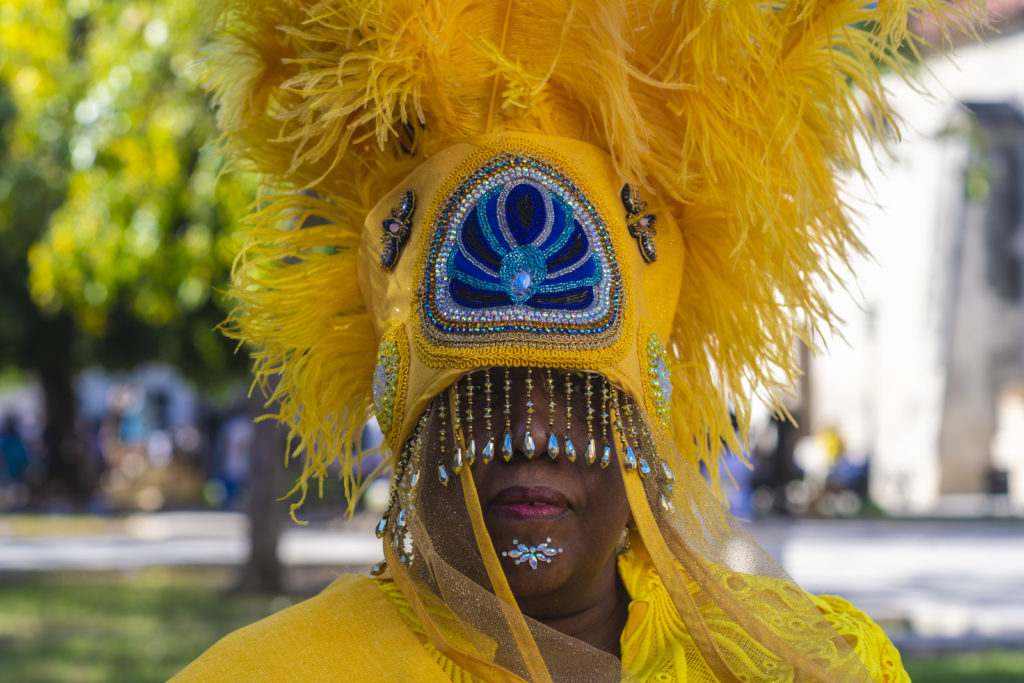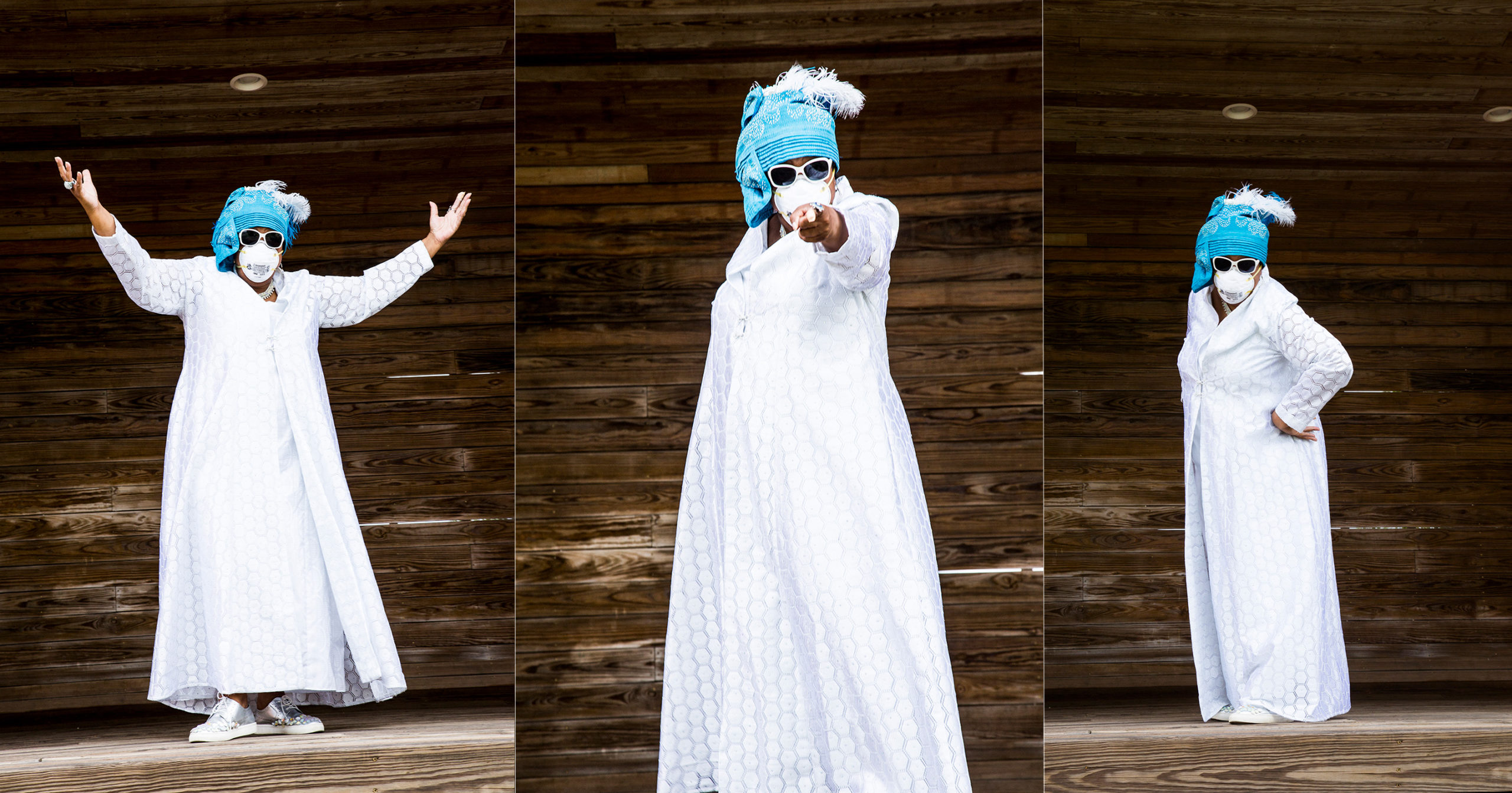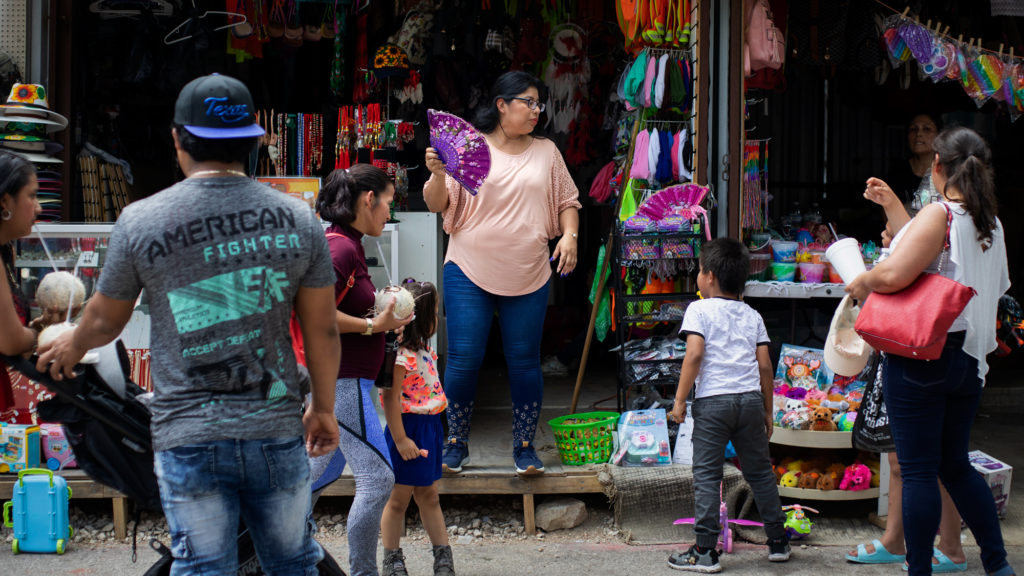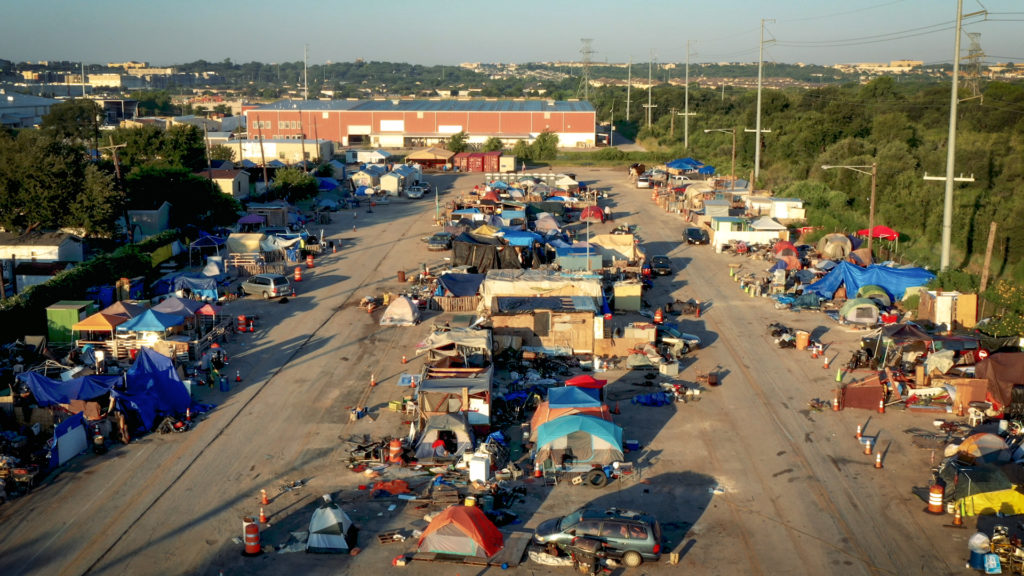On Mardi Gras day, Cherice Harrison-Nelson unveiled a suit she had been sewing for nearly a year. The elaborate beadwork and giant feather headdress stood out even among the extravagance of a New Orleans Carnival celebration.
Cherice practices the Mardi Gras Indian tradition of “masking,” a historic tradition unique to New Orleans that honors Native Americans for helping runaway slaves. Though “masking Indian” is the most common term to describe the practice, Cherice thinks of it as “unmasking.”
“When you mask, you’re hiding your identity,” she says. “I’m not hiding who I am. I am emphatically stating who I am and what I am and what I believe. I’m bearing my soul.”
As she unmasked for the celebration of Carnival, Cherice had no idea that in just a few weeks the city of New Orleans would be locked down due to COVID-19, and that she would be cut off from the traditions and rituals that define her community.
As a leader of the Guardians of the Flame Maroon Society, Cherice is the person who organizes and brings people together, but she can’t do that now. That reality hit hard when Joe Jenkins, Counsel Chief of the Guardians of the Flame and one of the oldest living Mardi Gras Indians, passed away in mid-April. Due to stay-at-home orders, no one could be with him on his deathbed, so Cherice called one of the chiefs and they got Joe on the phone.
“Chief Kevin sang [the traditional Indian funeral song] ‘Indian Red,’ and then my son sang, ‘Hey Pocky Way.’ And that was what he heard at the end of his earthly journey,” she says.
Cherice was supposed to plan Joe’s funeral, an incredibly significant event in their culture, as it honors the time when a person transcends into the world of ancestors. Mardi Gras Indian funerals, much like New Orleans jazz funerals, are both celebratory and mournful. It’s not uncommon to see a crowd of people dressed in intricately adorned costumes, singing, dancing, and raising the coffin high in the air to “cut the body loose.”
These are the sendoffs that Mardi Gras Indians expect to have, particularly those with higher ranks, like the chiefs. Now Cherice is struggling with how she can plan a ceremony of any kind that adequately honors him.
“I don’t know how you could possibly create something that has a synergy of human beings being in the same space, and the space being charged with music,” she says, “the space being charged with history, the space being charged with tradition. This is not our nature as humans, or especially as New Orleanians, not to come together to celebrate life.”
While Cherice is mourning this loss of her friend and his important rite of passage, she also worries about what this will mean for the longevity and strength of the community she’s known her whole life.
“This tradition is passed down by direct contact. Elders pass it down. It’s like a relay race. What’s going to happen with the passing down?”
Cherice is the third generation in her family to participate in the masking tradition. Her late father, Donald Harrison Sr., was Big Chief of the Guardians of the Flame, which he founded in 1988. After his death, she took on a leadership role, giving herself the title Maroon Queen Reesie.
The history of the Mardi Gras Indians is shrouded in myth, but most will say it stems from indigenous people who sheltered and protected runaway slaves — so they call themselves ‘Indians’ out of respect. But Cherice prefers to use the term ‘Maroon,’ the word used for slaves who emancipated themselves and lived in independent communities. That’s why she calls the Guardians of the Flame a Maroon Society, and refers to herself as the Maroon Queen.
“Most people who participate in this tradition,” she says, “the vast majority will start with this statement: ‘We do this because when the slaves ran away, the Indians took them in and sheltered them.’ I don’t use the word slave, it’s very offensive to me because no one is born a slave. People are born human beings.”
Cherice has spent her entire life steeped in a culture built on resilience. And while she feels a great deal of sadness lately, even depression, she tries to remind herself that it’s all temporary.
“I try to live in the moment and appreciate the moment for what it is, and appreciate the fact that I can experience the range of human emotion.”
She has started thinking about concepts for next year’s suit, but hasn’t committed to beading anything yet. She knows a lot of people in the community are already working on theirs.“I know other people that are sewing their butts off,” she says, “It keeps people sane.”
This is the culture that she has always known — a culture that continues to thrive in spite of hurricanes, or institutional racism, or a global pandemic. She remembers a patch the Maroon Society sewed one year in response to Hurricane Katrina’s devastation of the city, and the ensuing gentrification that disproportionately impacted people of color. They called it “The Crescent City Tree of Life,” and depicted a tree with the Mississippi River at the base, and a flame in the center.
“It represents that in spite of everything you’re doing to try to make this city inhospitable to me and my people… we shall not be moved. This is our city. This is our culture, it is what roots us, it is what gives us our strength. Just like the tree is strong. It is ancient. And so are our cultural traditions. They are strong and they are ancient. And they root us and we ain’t going nowhere.”
For now, Cherice is staying safe and keeping herself away from other people, and trying to create an online version of her family’s museum, an institute dedicated to her father. And she’s thinking about what Mardi Gras might look like next year, with or without social distancing.
“We have to come through this,” she says, “We have to figure out how we’re going to do this and we’re going to be stronger on the other side.”






